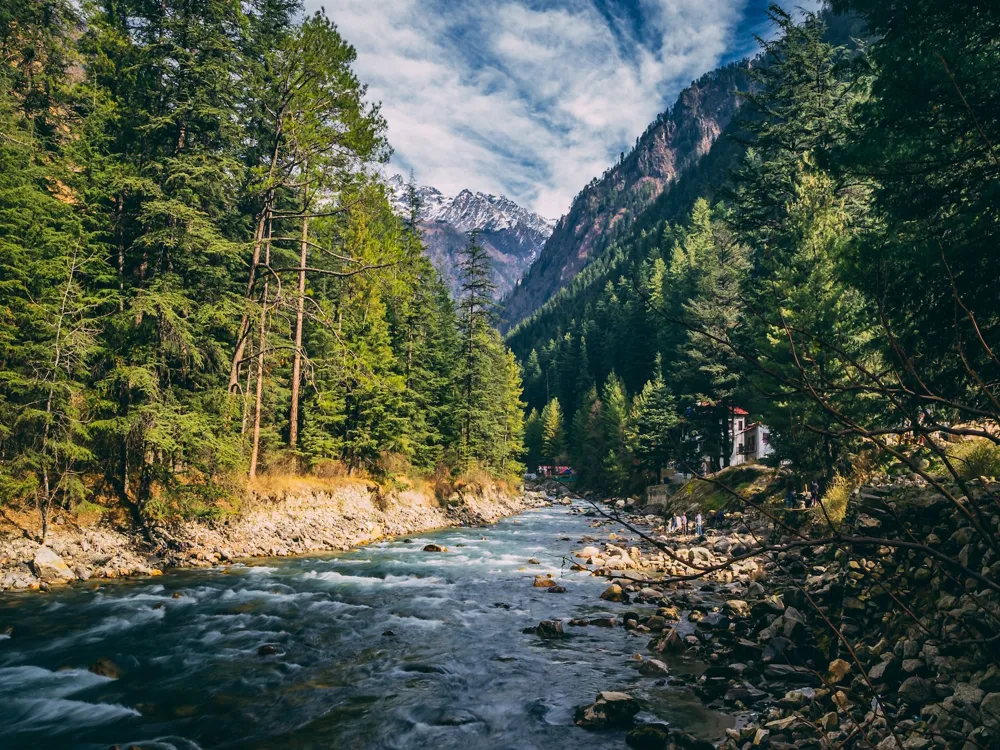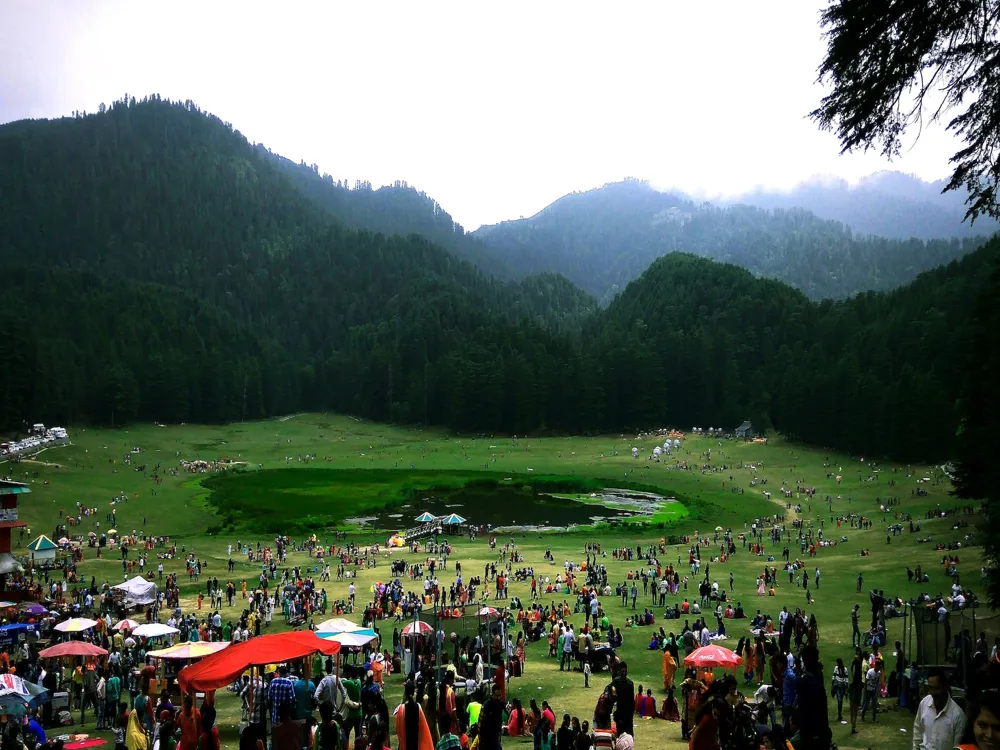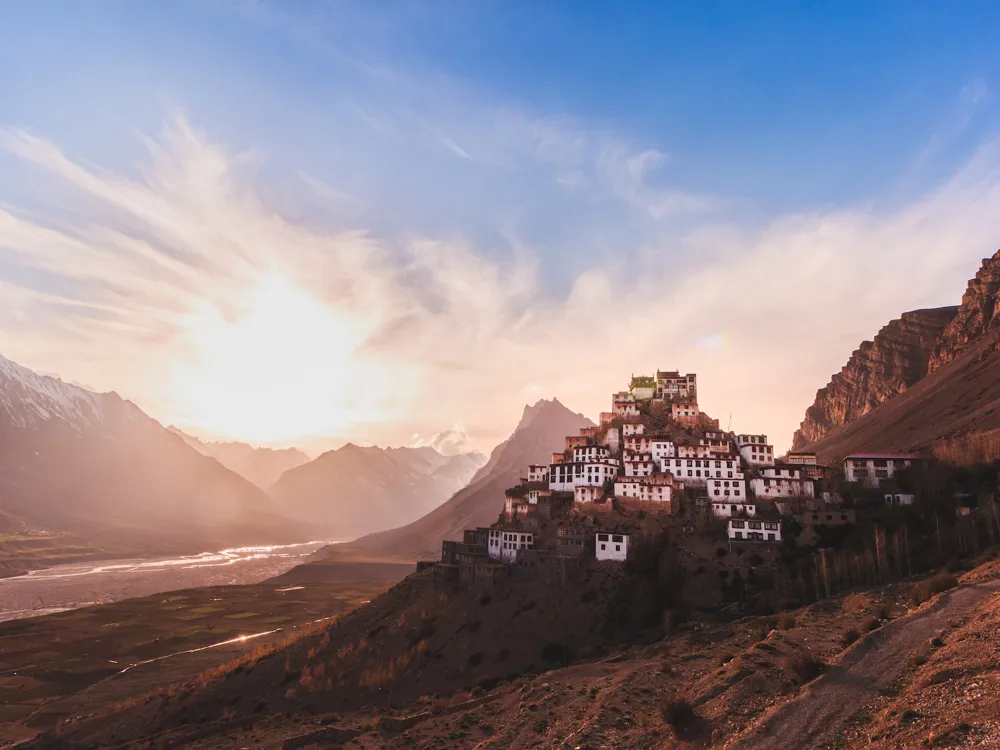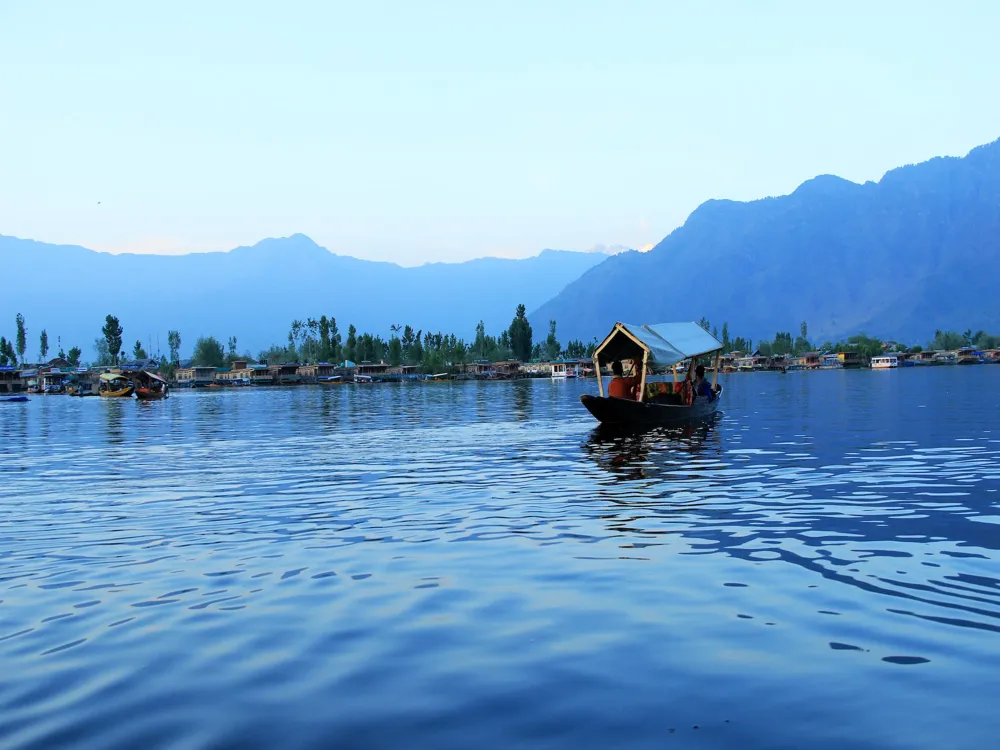Nestled in the eastern part of the cold desert of Ladakh, Hemis National Park is a spectacular natural retreat, famed for its stunning landscapes and diverse wildlife. Spread over an area of approximately 4,400 square kilometers, it stands as one of the largest national parks in South Asia. Established in 1981, this park is renowned for its conservation efforts, particularly for the endangered snow leopard. The park's terrain, dominated by dry forests, alpine grasslands, and steep cliffs, presents a unique ecosystem. This rugged yet beautiful landscape is not just a haven for wildlife enthusiasts but also for trekkers and nature lovers. Hemis National Park's biodiversity is remarkable. Apart from the elusive snow leopard, it is home to a variety of animals like the Tibetan wolf, red fox, Eurasian brown bear, and the Himalayan marmot. The park is also a bird watcher’s paradise, hosting species like the Himalayan griffon vulture, the golden eagle, and the Tibetan snowcock. The unique flora and fauna of Hemis have been a subject of study and fascination for researchers and nature enthusiasts from across the globe. The park's cultural significance is equally noteworthy. It encompasses several ancient monasteries, including the famous Hemis Monastery, which adds a spiritual dimension to its natural beauty. The annual Hemis festival, celebrated in the monastery, is a vibrant display of Ladakhi culture and attracts tourists from all over. The blend of natural beauty, rich wildlife, and cultural heritage makes Hemis National Park a unique travel destination. The architecture of Hemis National Park is a fascinating blend of natural and man-made structures. The park itself is a masterpiece of natural architecture, with its varied topography of high-altitude plateaus, deep valleys, and towering mountains. The rugged terrain, shaped by the forces of nature over millions of years, forms a dramatic backdrop for the architectural marvels within its boundaries. Among these, the Hemis Monastery stands out as an architectural gem. Dating back to the 17th century, the monastery is a splendid example of Tibetan-Buddhist architecture. The monastery complex is adorned with vibrant murals, thangkas (Tibetan Buddhist paintings), and statues of various Buddhas and bodhisattvas. The intricate designs and patterns reflect deep spiritual symbolism and the artistic heritage of the region. The layout of the monastery, perched on a hillside, is strategically designed to maximize the use of space and resources in the harsh mountainous environment. The use of local materials like stone, wood, and mud in construction demonstrates the ingenuity of Ladakhi architecture, which is built to withstand the extreme weather conditions of the region. Inside, the prayer halls and living quarters are designed to facilitate the monastic lifestyle, with a focus on simplicity and functionality. Beyond the monastery, the park's architectural elements extend to traditional Ladakhi villages and settlements. These are characterized by their flat-roofed, white-washed houses, which are built in harmony with the natural surroundings. The architecture of these settlements reflects the lifestyle of the Ladakhi people, who have adapted to the challenging conditions of the high-altitude desert. The use of solar energy and other sustainable practices in these villages further underscores the symbiotic relationship between humans and their environment in Hemis National Park. The ideal time to visit Hemis National Park is between May and October. During these months, the weather is relatively mild, and most of the trekking routes are accessible. Winter months can be extremely cold, making it challenging for travel and exploration. Given the high altitude of the park, acclimatization is crucial. Visitors should spend a few days in Leh or a similar altitude to get accustomed to the thin air. It's also important to stay hydrated and protect oneself from the strong sun. Carrying a basic medical kit and consulting a doctor before the trip is advisable. For trekkers and wildlife enthusiasts, hiring a local guide is recommended. They are knowledgeable about the terrain and wildlife movement. Always follow the park rules and guidelines to ensure your safety and the well-being of the wildlife. Visitors are encouraged to practice responsible tourism. This includes not littering, respecting local customs and traditions, and minimizing environmental impact. Supporting local businesses and communities can also enrich your travel experience. Hemis National Park is accessible from Leh, the main city in Ladakh. Leh is well-connected by air with major cities in India. From Leh, Hemis can be reached by road. The journey offers breathtaking views of the Ladakh landscape. Public transport options are limited, so hiring a taxi or joining a tour group is often the best way to reach the park. For the more adventurous, trekking to Hemis from neighboring regions is also a possibility, offering a unique way to experience the beauty of Ladakh. Read MoreOverview of Hemis National Park
Architecture of Hemis National Park
Tips When Visiting Hemis National Park
Best Time to Visit
Acclimatization and Health Precautions
Trekking and Wildlife Spotting
Responsible Tourism
How To Reach Hemis National Park
Hemis National Park
Hemis
NaN onwards
View hemis Packages
Weather :
Label : Must Visit
Tags : Wildlife
Time Required : 4-5 hours
Timings : 9:00 AM - 5:00 PM
Entry Fee : Indian - INR 20
Foreigner - INR 100
Planning a Trip? Ask Your Question
Hemis Travel Packages
View All Packages For Hemis
Top Hotel Collections for Hemis

Private Pool

Luxury Hotels

5-Star Hotels

Pet Friendly
Top Hotels Near Hemis
Other Top Ranking Places In Hemis
View All Places To Visit In hemis
View hemis Packages
Weather :
Label : Must Visit
Tags : Wildlife
Time Required : 4-5 hours
Timings : 9:00 AM - 5:00 PM
Entry Fee : Indian - INR 20
Foreigner - INR 100
Planning a Trip? Ask Your Question
Hemis Travel Packages
View All Packages For Hemis
Top Hotel Collections for Hemis

Private Pool

Luxury Hotels

5-Star Hotels

Pet Friendly






















